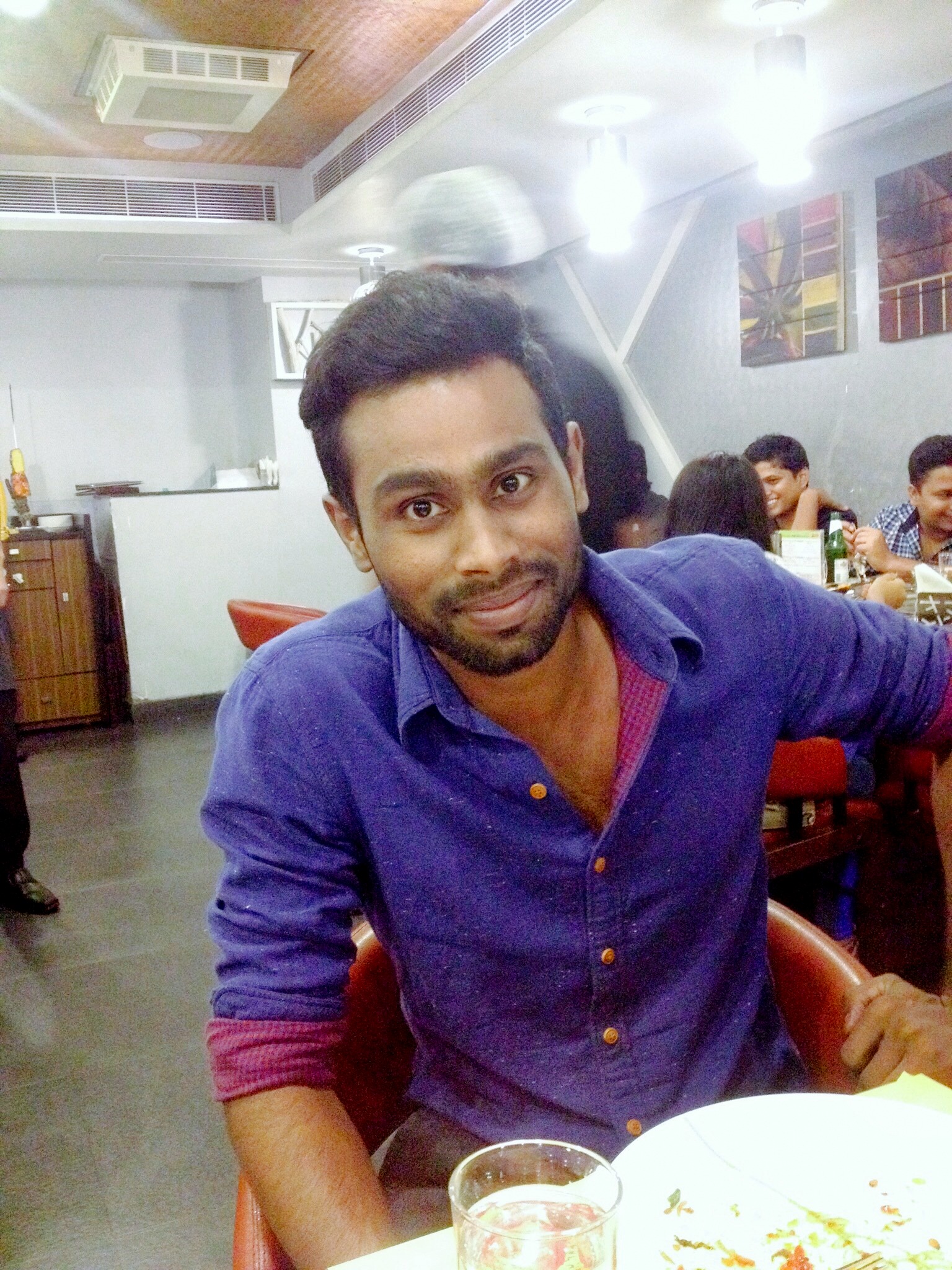Whether providing interest subvention to small and marginal farmers through Direct Benefit Transfer allows them to get access to institutional credit efficiently? Analyse (200 Words)
Refer - Financial Express
Enrich the answer from other sources, if the question demands.

IAS Parliament 6 years
KEY POINTS
· To ensure that millions of small and marginal farmers—India has a total of around 120 million farmers are not at the mercy of moneylenders, or other expensive sources of finance, the government has, historically, mandated that banks ensure that a certain share of their lending is to these farmers.
· Currently, 18% of all bank lending has to be mandatorily lent to the agriculture sector. And, to ensure farmers get loans at low rates of interest, the government pays a certain proportion of the interest to banks directly while farmers pay the rest.
· A report by an RBI internal working group on agriculture credit, however, points to major problems in how the scheme is working; in which case, the government probably needs to look at completely recasting it.
· The good news here, of course, is that while formal bank credit was just around 10% of total farm credit in 1951, this is up to around 70% today.
· But here’s the problem, the concessional farm credit that is given by commercial banks mostly in the public sector is many times greater than the inputs bought by farmers;
· In all probability, as researchers other institutions have surmised over the years, since the loans are at vastly subsidised rates, they are probably being diverted to non-farm users;
· So, RBI found that in Andhra Pradesh, the total bank credit going to the farm sector is 7.5 times the cost of inputs bought by farmers; this is six times in Kerala, five for Goa, four for Telangana.
· The RBI study also found that while livestock, forestry, and fisheries contributed around 38-42% of agriculture output during 2014-16, this sector got just 6-7% of total agriculture credit; clearly, this is an issue that needs addressing.
· long-term investment in agriculture is getting compromised; at a time when overall investments in agriculture are slowing—investment-to-agri-GDP fell from 18.2% in FY12 to 13.8% in FY17—and, within this, the share of the government has fallen even more sharply, this needs to be corrected.
· Ideally, the government should stop the practice of subsidised loans, and instead, give the subsidy directly to farmers through DBT; once subsidised loans are not available from the banks, the practice of huge loans will also stop.
· Over time, all agriculture subsidies should be trimmed, and money should be invested in creating irrigation, or other facilities that benefit the sector more.
Chinna 6 years
Kindly review...thank you

IAS Parliament 6 years
Try to stick to word limit. Keep Writing.

rajiv 6 years
sir plz review..

IAS Parliament 6 years
Good attempt. Keep Writing.
Chandresh Pathak 6 years
Kindly review. Thank you

IAS Parliament 6 years
Argue whether interest subvention via DBT is reliable?No need to elaborate on problems. Keep Writing

Alok Dwivedi 6 years

IAS Parliament 6 years
Good answer. Keep Writing.